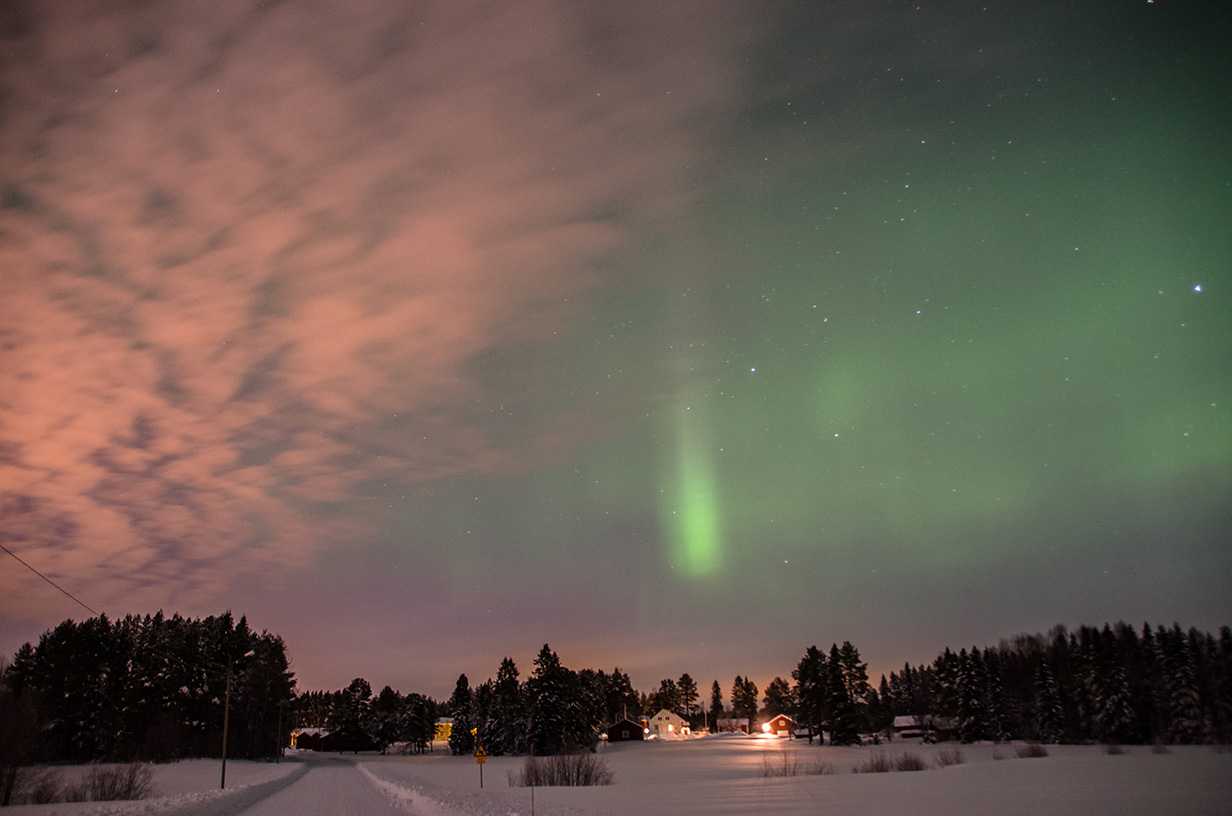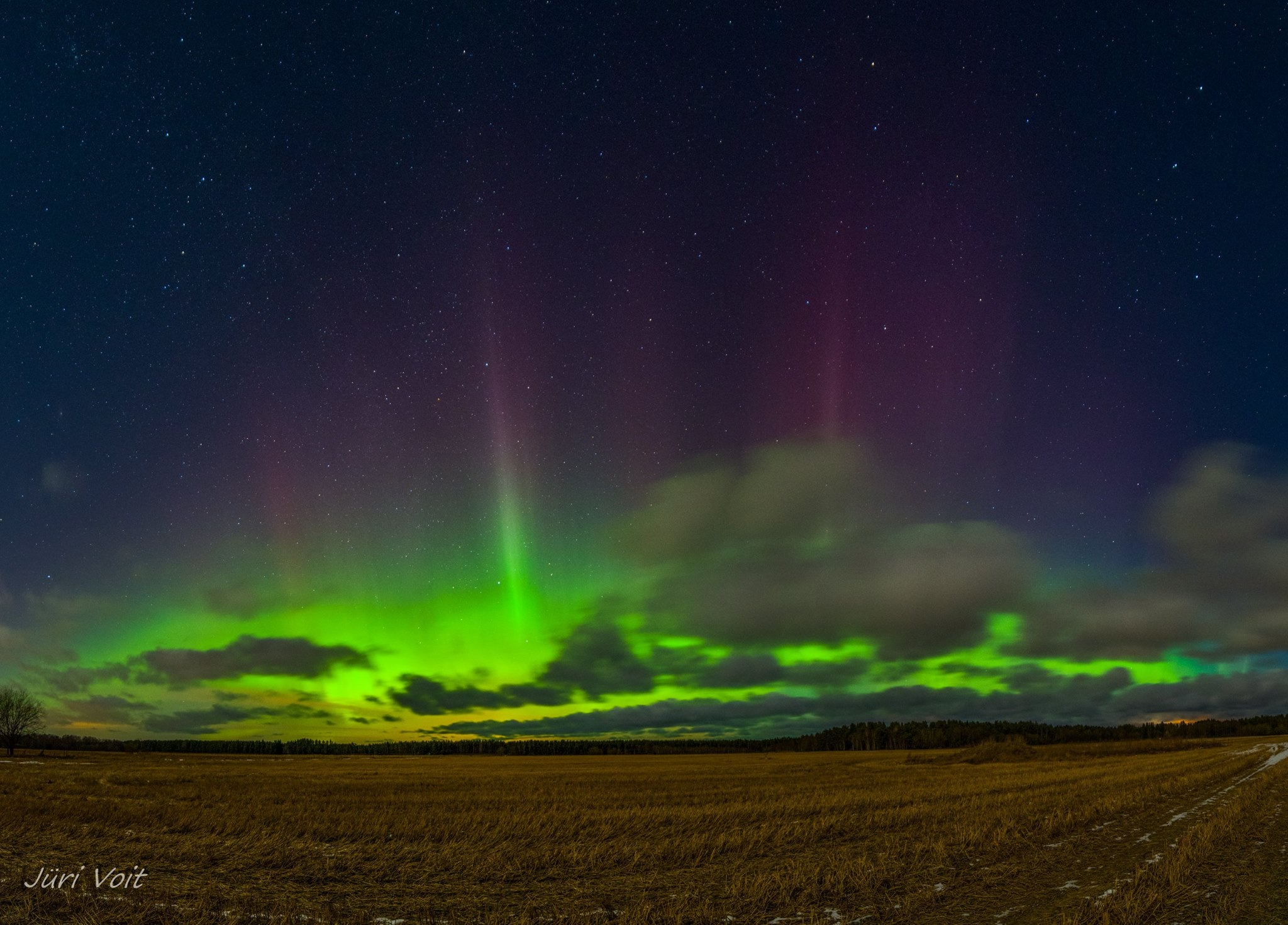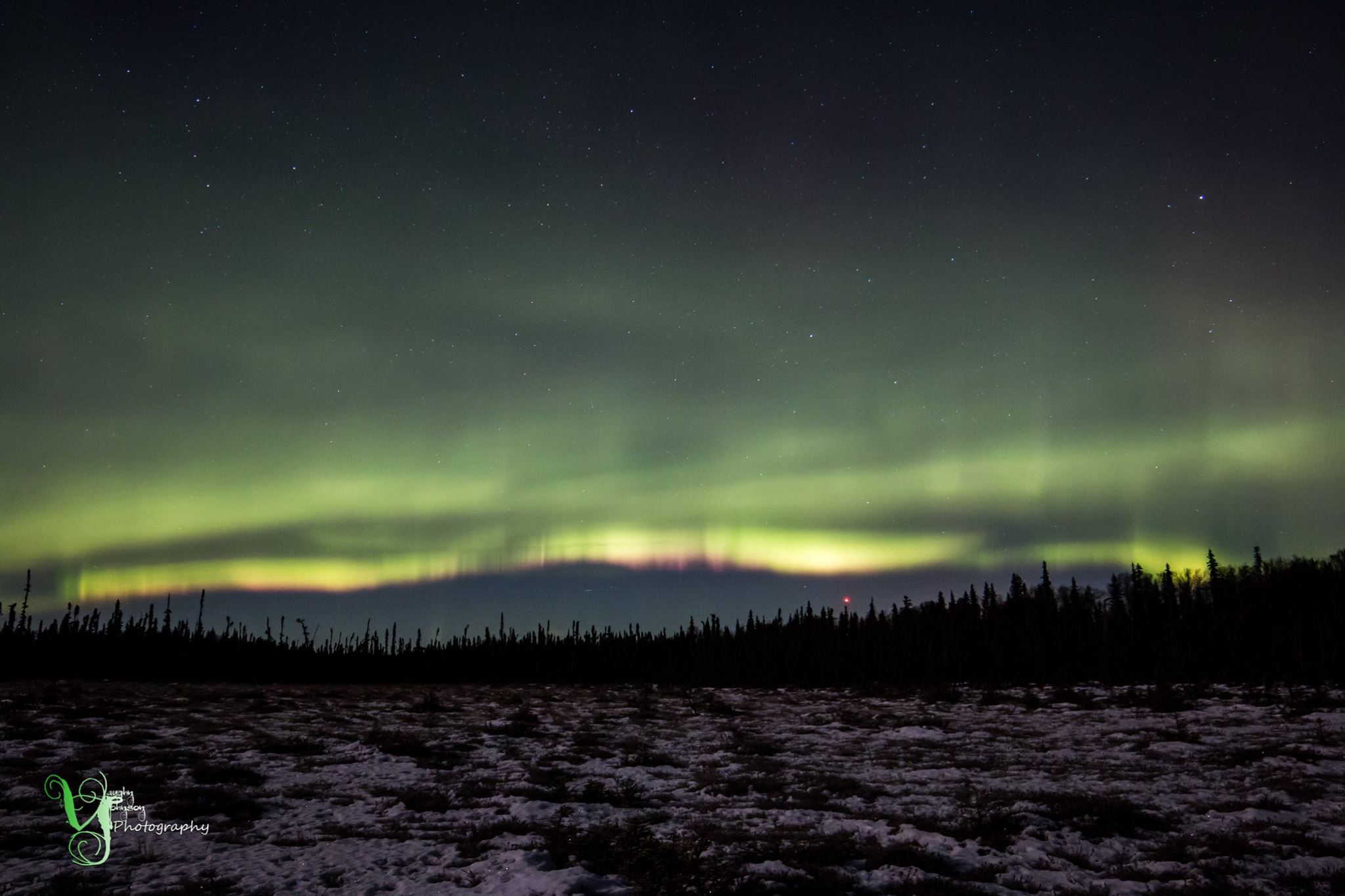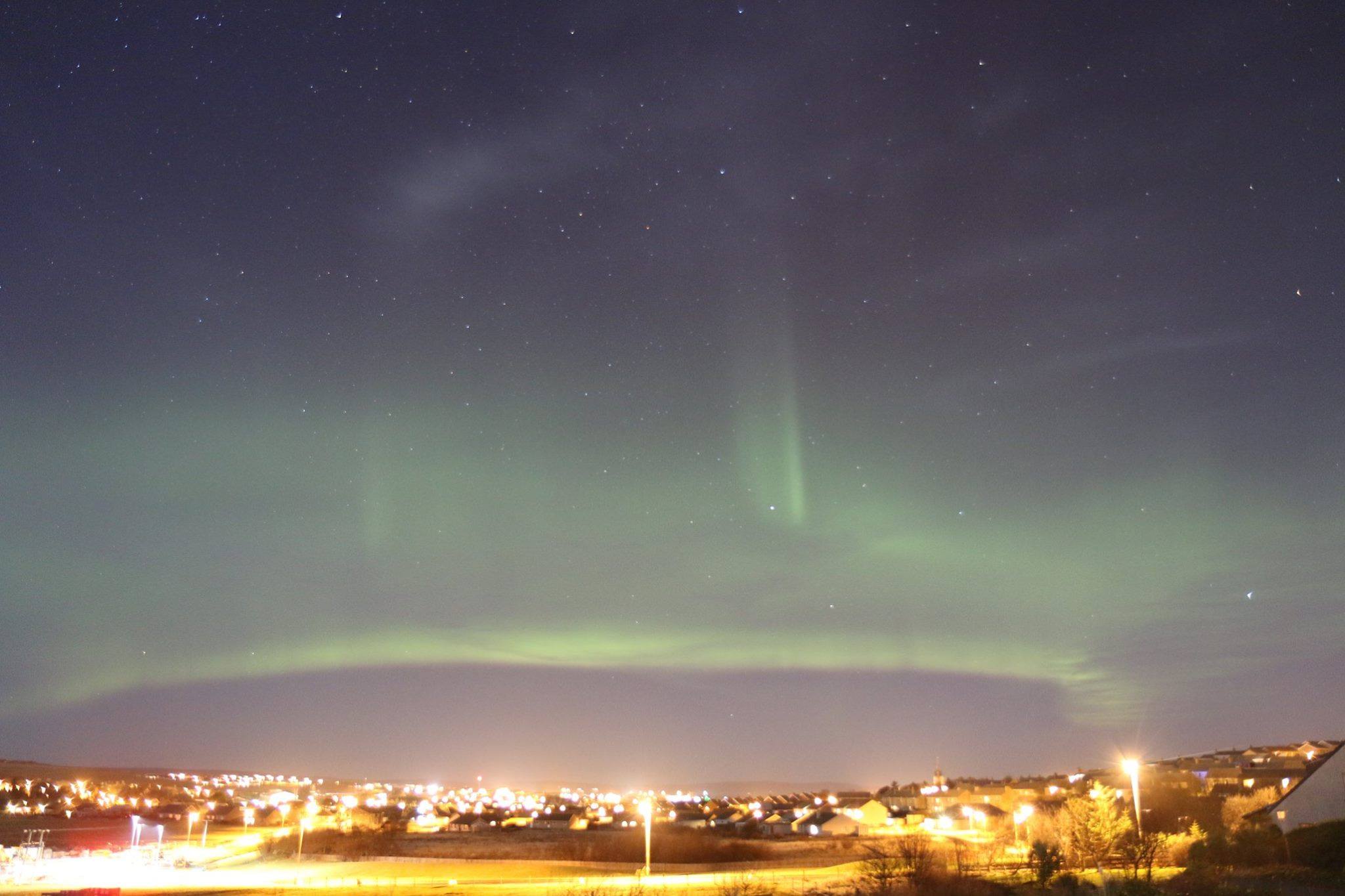Happy New Year!
Saturday, 31 December 2016 18:30 UTC

Happy new year everyone! Congratulations on surviving yet another trip around our Sun!
The new year is starting of good as we are now well within the anticipated coronal hole solar wind stream. High latitude locations have a good chance to see both fireworks and aurora in the sky tonight!
2016
Looking back at 2016, we must conclude that it in a way this was a strange year. We did not really had much solar activity to speak of. It is safe to conclude that we are well on our way to solar minimum and there was even less solar activity than we expected. As a matter of fact, we had no X-class solar flares this year (last X-class event was on 05-05-2015) and sunspot region 2620 which showed up almost two weeks ago likely belongs to the next solar cycle! Sunspot region 2620 was located at a high latitude and had a reverse polarity which means these sunspots really belong to the next solar cycle. However, do not think that this current solar cycle (SC24) ended. It is common for sunspot cycles to overlap. Solar Cycle 24 is heading down and Solar Cycle 25 is starting in a very cautious way.
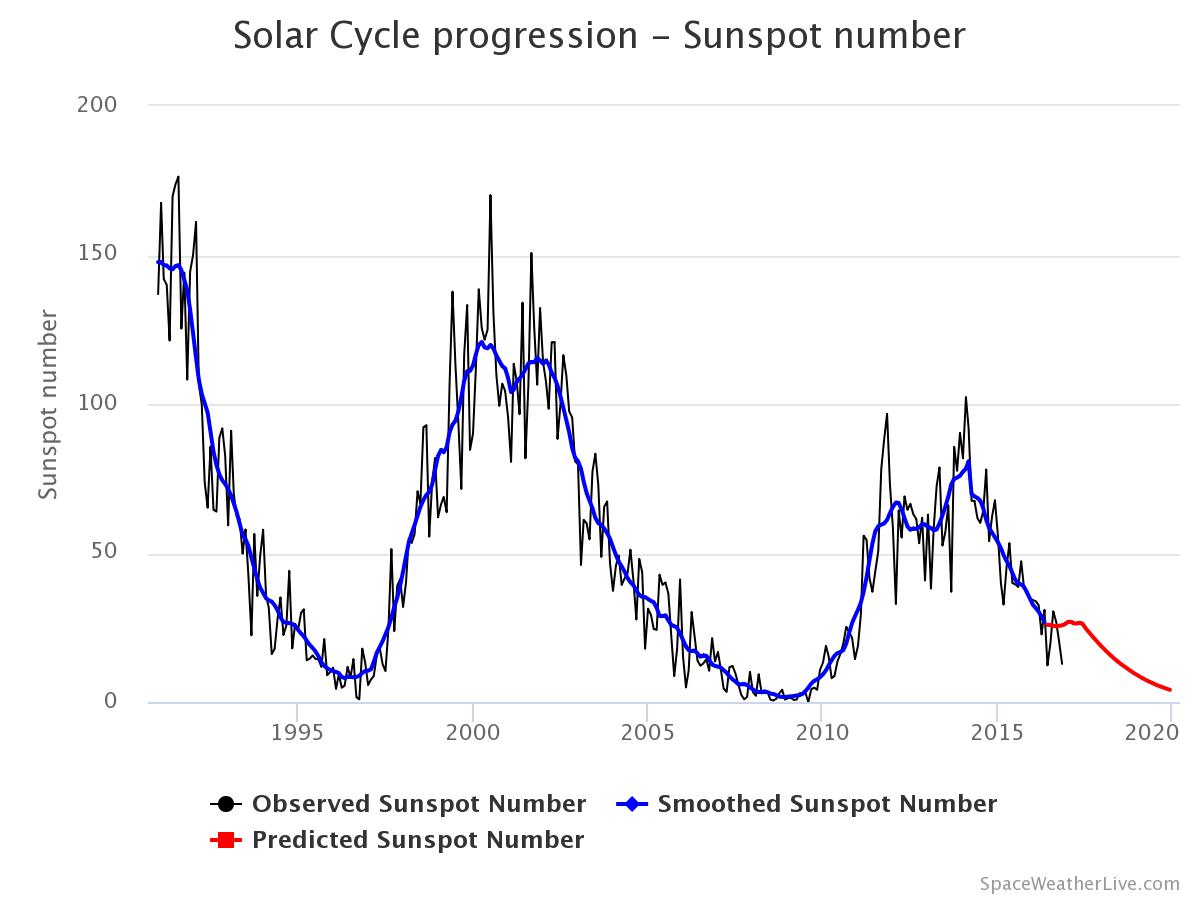
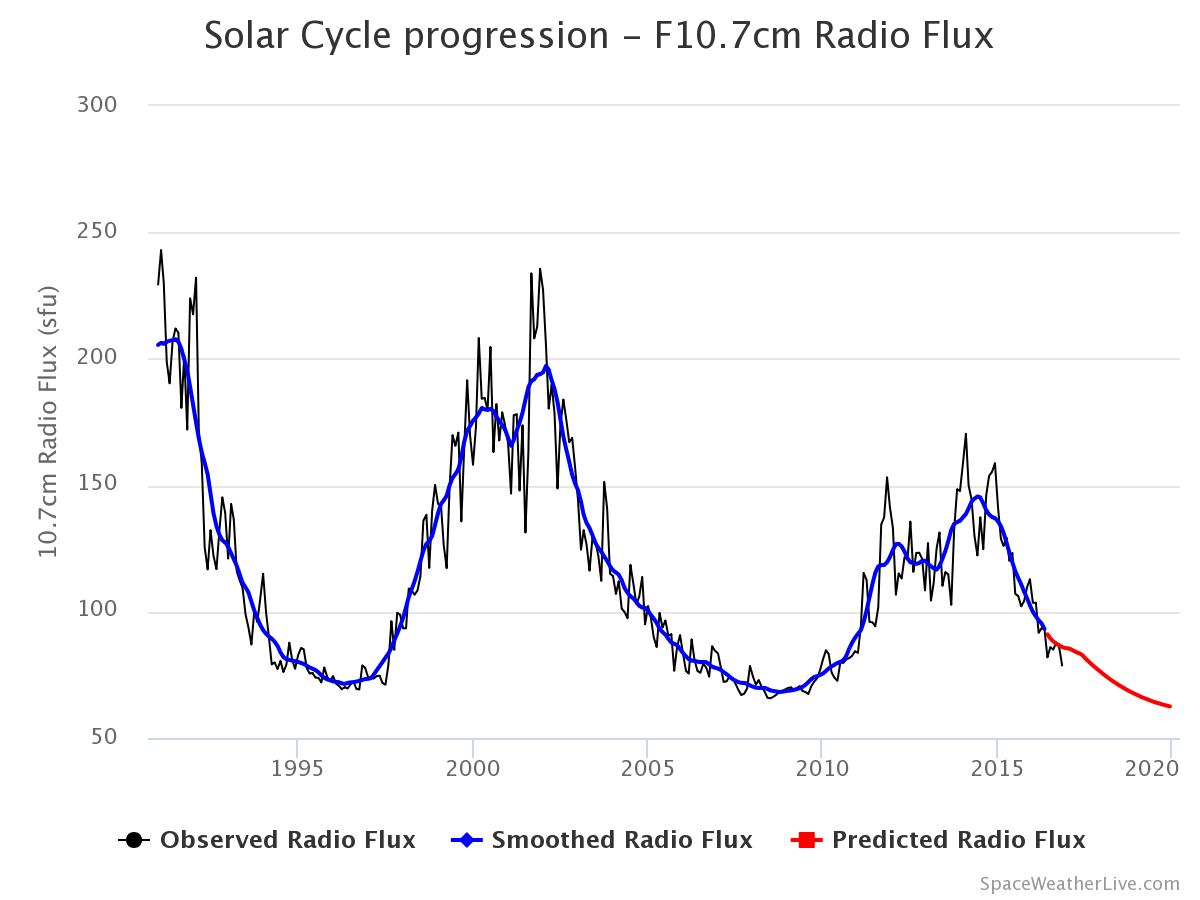
In terms of solar flares, we yet again see that it has been a fairly calm year. The strongest solar flare this year was an M7.6 solar flare (X-ray chart) from sunspot region 2567. Indeed, no X-class solar flare this year... and the M-class solar flares you ask? We didn't had many of those either. Only 15 M-class solar flares we're recored by the GOES satellites this year. That's 110 M-class event less than last year. Yeah... 2015 gave us 125 M-class solar flares! What about the C-class solar flares? Not so many of those either... just 320 C-class solar flares. That's not even one C-class event a day. To compare: in 2015 we did considerably better with 1368 C-class events.
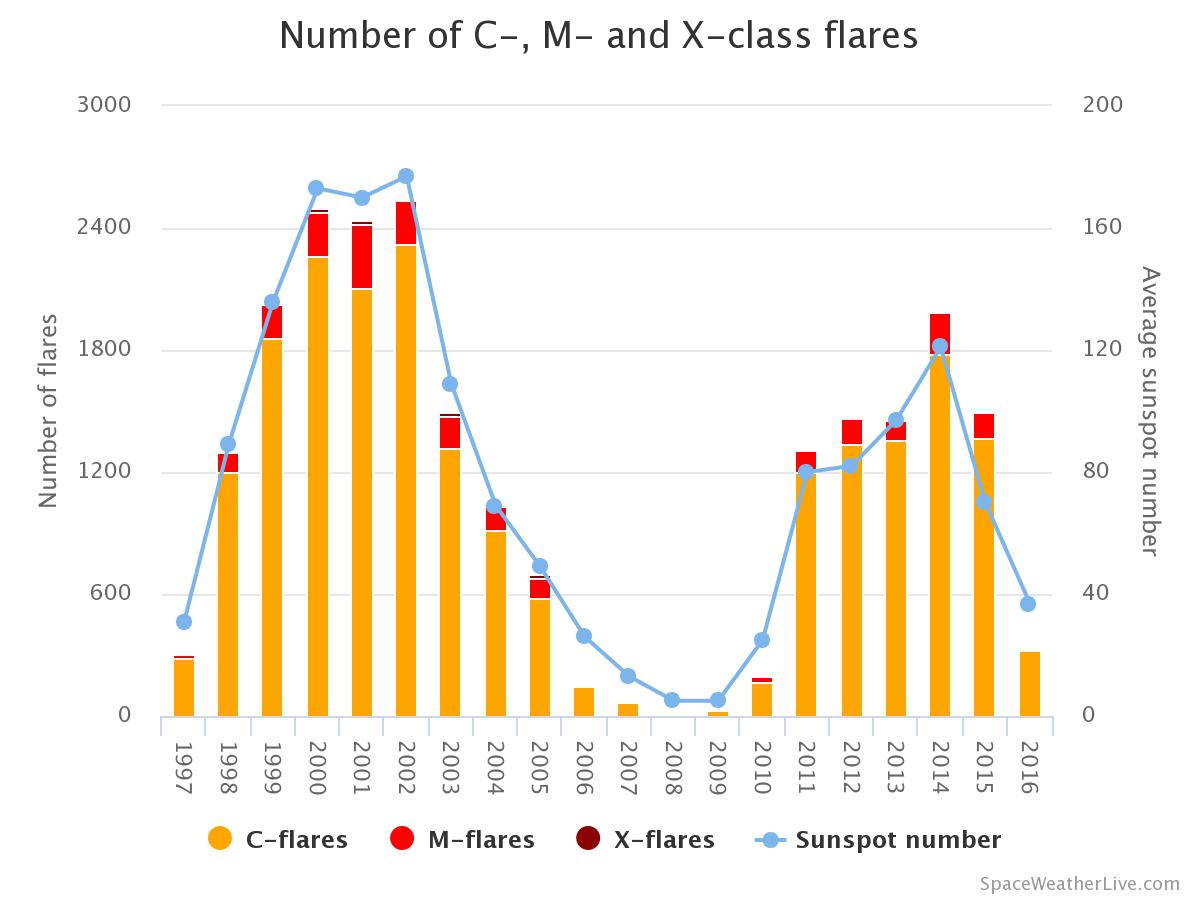
For a list of the strongest solar flares this year check out this page. The strongest solar flares of this solar cycle can be found here.
If that's not enough proof to show that we are on our way to solar minimum: we already had 34 days without any sunspot regions on the earth-facing solar disk this year. Last year we didn't had a single spotless day!
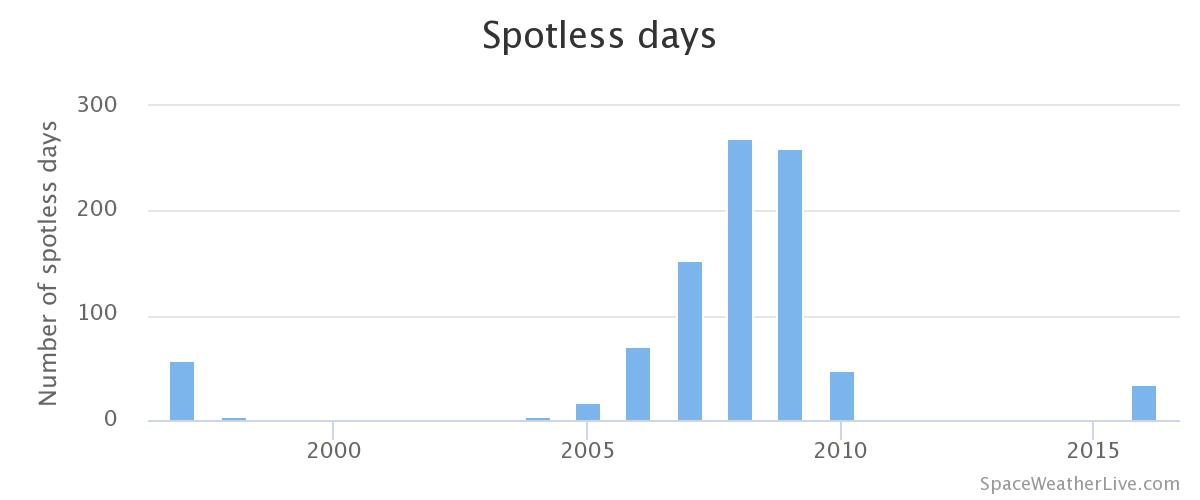
We actually didn't do too bad this year when it comes to geomagnetic storms. While there weren't many earth-directed coronal mass ejections there were a lot of geomagnetic storms produced by coronal hole solar wind streams. The minor G1 geomagnetic storm threshold was reached on 43 seperate days and 17 days we maxed out at the moderate G2 geomagnetic storm level. That's 60 days where the geomagnetic storm threshold was reached. Do note that today's solar storm has not yet been taken into account. Unfortunately, we did not had any geomagnetic storms that reached the G3, G4 or G5 geomagnetic storm levels.
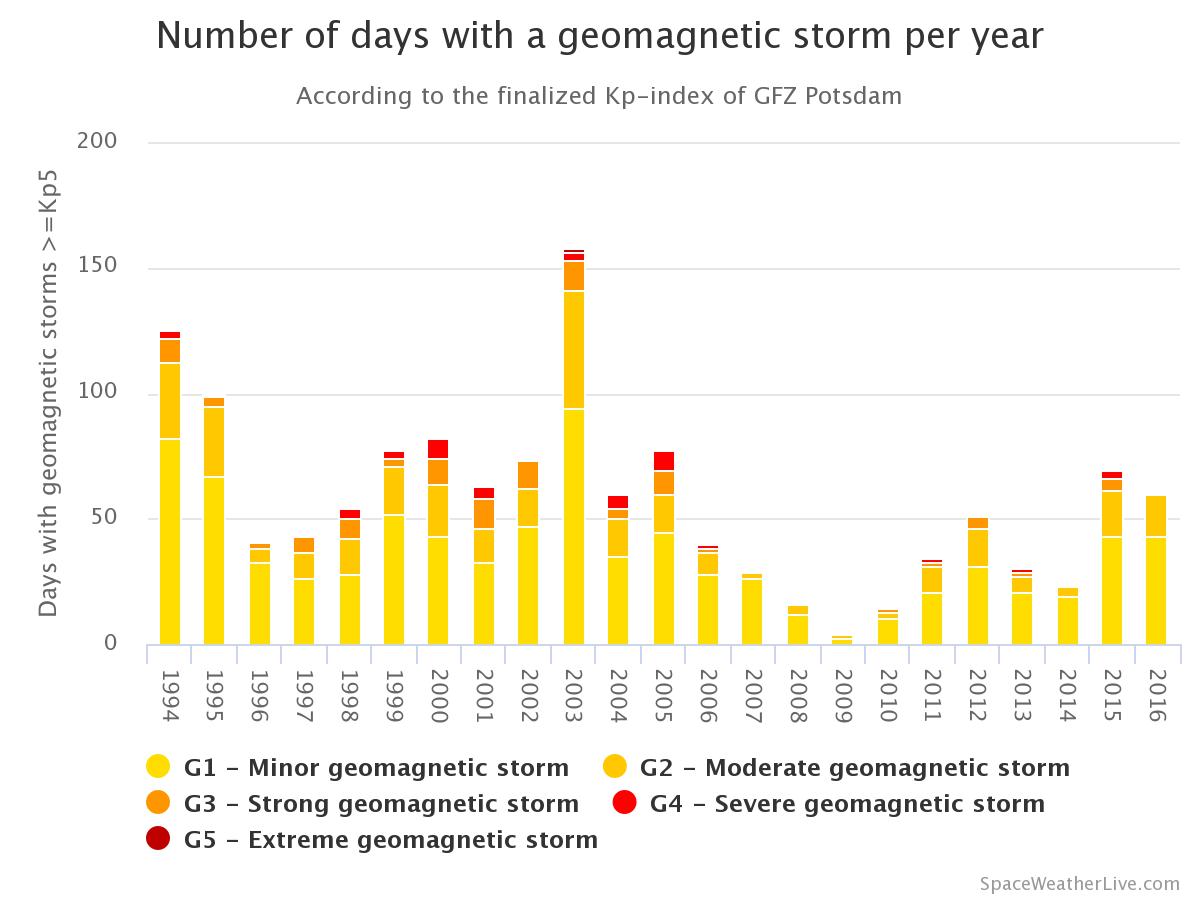
A list of the strongest geomagnetic storms of this year (ranked by the Ap-index) can be found here. All the graphs used in this article can be found on our Solar Cycle progression page. Be sure to check it out!
Eye candy
With geomagnetic storms, come aurora! This year provided us with a landslide of fantastic aurora videos and images. Below a small selection of fantastic images and videos that we came across this year:
May 8, 2016 Auroa Borealis Wilton, Iowa: https://t.co/yo1XK9DS1b via @YouTube
— Paul Brooks (@PBrooksISCN) 8 mei 2016
#Aurora 3:02 am CST Northern Wisconsin @TamithaSkov @CountryViewFoto @eljakeo30 @NorthLightAlert @_SpaceWeather_ pic.twitter.com/q70siDmp6T
— Corinne (@AuroraNorthWI) 8 mei 2016
Mother's Day 2016 Aurora - Teviotdale, Ontario @eljakeo30 @TamithaSkov @AuroraMAX @SpaceWeatherCA @TweetAurora pic.twitter.com/lnhD7PDFp1
— Dave Patrick (@wwxchaser) 8 mei 2016
A #timelapse of the incredible #NorthernLights display over #Seattle this morning. Starts out faint, then boom! pic.twitter.com/BETHghgzt4
— Sigma Sreedharan (@sigmas) 8 mei 2016
Image: Marcel de Bont (Skellefteå, Sweden)
Image: Jüri Voit (Estonia)
Video: James Rowley-Hill (Norfolk, UK)
Image: Vaughn Johnson Photography (Alaska, USA)
Image: Colin Taylor (Kirkwall, Scotland)
Image: Vincent van Leijen (The Netherlands)
Kersti Pirjo, Estonia:
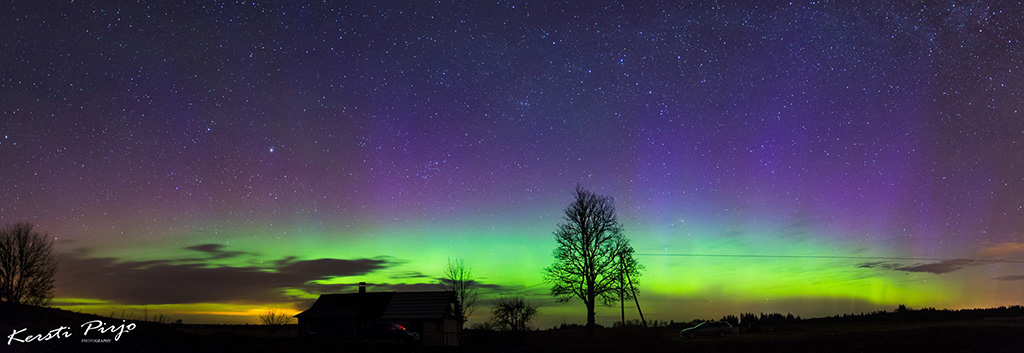
Wendy Sutherland, Caithness Scotland:
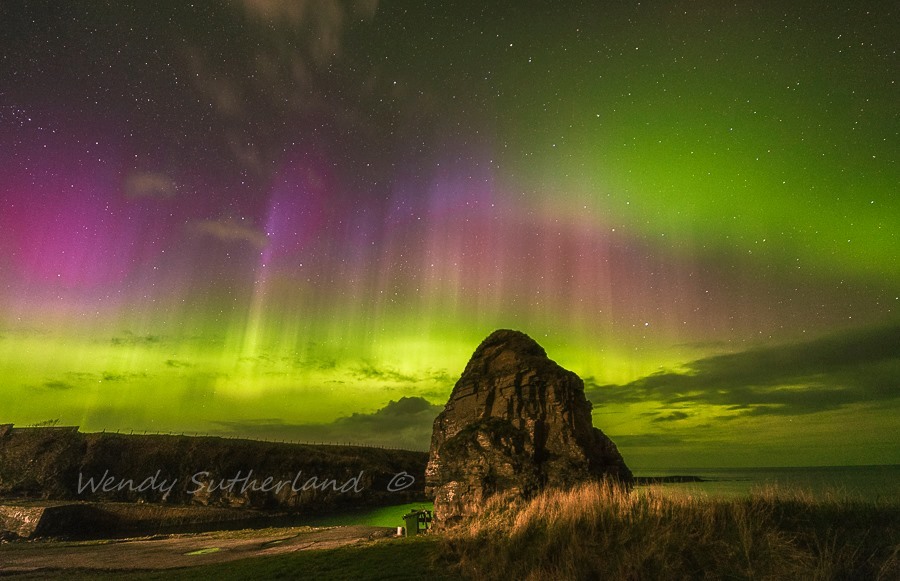
Alistair Hamill, Northern Ireland:

Hans Eriksson, Sundsvall Sweden:
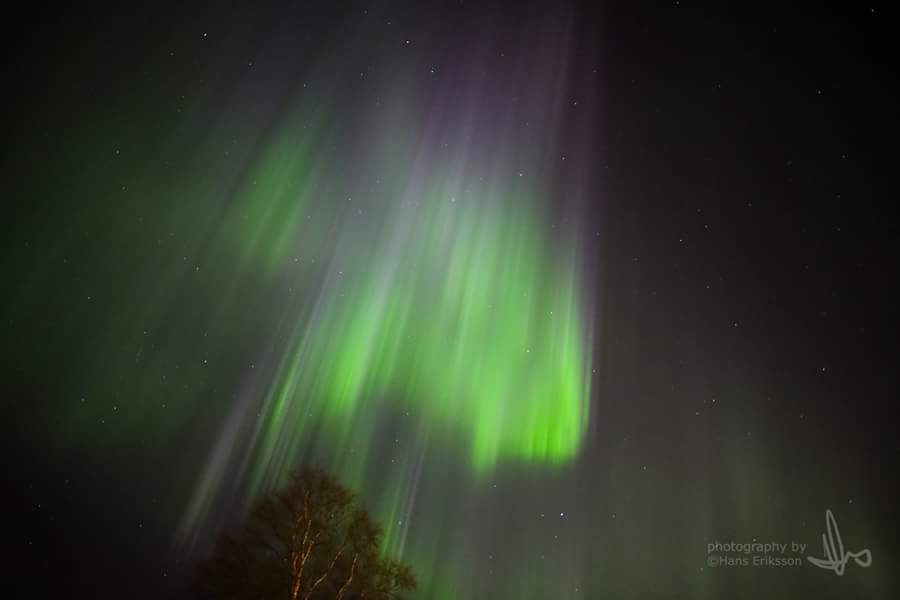
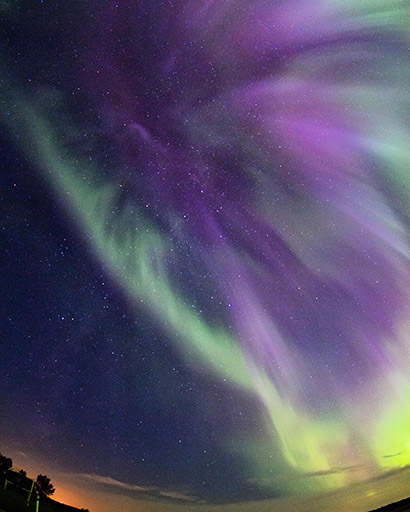
#teamtanner (Alberta, Canada)
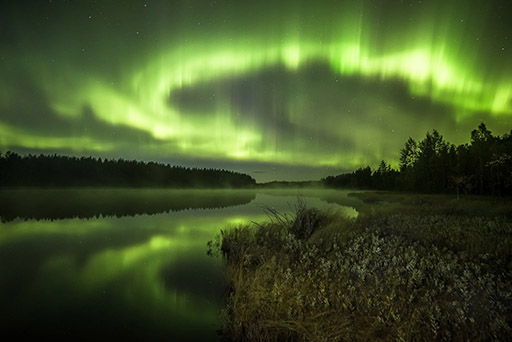
Robin Eriksson Franzén (Kalix, Sweden)
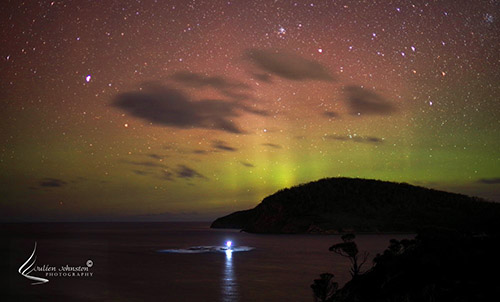
Julien Johnston (Tasmania, Australia)
pretty pillars danced across the bay! #AuroraAustralis #Tasmania pic.twitter.com/4XUopxADV8
— §nÖÖzy (@SussanSays) 3 september 2016
Winnipeg Beach @ExploreCanada @Travelmarvel_TM @AuroraMAX @StormHour @_SpaceWeather_ pic.twitter.com/m25vVObauT
— Kyra Lichtenstein (@Spinnefix1) 6 september 2016
My #aurora pix from last Friday night! North of Mitchell #Ontario Captured the #MilkyWay & another proton arc! pic.twitter.com/w5BU39W7VH
— Laura Duchesne ☄ (@LauraDuchesne) 7 september 2016
Weak red glow on the horizon, Egmond aan Zee The Netherlands. #Aurora borealis #poollicht @TamithaSkov @PoollichtBE pic.twitter.com/JWAoSiovUH
— Kees Zwaan (@Kees_Zwaan) 5 september 2016
SpaceWeatherLive
It has been another amazing year for our website. We continued to grow with a record ammount of visitors and a lot of new followers on our social media channels. This wouldn't have been possible without the donations of the following people:
- D. Potter (AUS)
- S. Schilling (DE)
- S. Schöbel (DE)
- P. McErlean (UK)
- K. Härm (FI)
- S. Furche (AU)
- PR Stok (NL)
- J. Olson (CA)
- P. Haake (CH)
- M. Fiset (CA)
- K. Zwaan (NL)
- E R L Krijger
- R. Doescher
- A. Flinck
- C. Voirol
- M. Maziejuk (PL)
- I. C. García
- A. Chytry
- S. Kaltenbach
- O. Maroto Grande (ES)
- ReZ Photography
- L. Falconer
- L. Ongena
- A. Fornies
- D. van der Leij
Thank you!
We also added a lot of new things this year here on our website. A brief overview:
The solar cycle progression page recieved an upgrade with new and interactive graphs. We added the NOAA SWPC Alerts, Watches and Warnings page and a Frequently Asked Questions (FAQ) page. Our automated Twitter alert channel now also alerts for Type II and Type IV radio emissions which are associated with coronal mass ejections and flare events. Talking about alerts, this year we also added push alert supports for smartphones and Chrome, Firefox and Safari web browsers. Our archive recieved interactive graphs and so did the Kiruna magnetogram graph. The Disturbance Storm Time index was added to the site and of course we switched from ACE to DSCOVR as the primary solar wind data source... and that was actually just the tip of the iceberg! It was an exciting year for our website and we hope 2017 will be just as good if not better!
The entire SpaceWeatherLive team wishes you a fantastic 2017 and we thank all of our visitors for an amazing 2016!
Thank you for reading this article! Did you have any trouble with the technical terms used in this article? Our help section is the place to be where you can find in-depth articles, a FAQ and a list with common abbreviations. Still puzzled? Just post on our forum where we will help you the best we can!
Current data suggests there is a slight possibility for aurora to appear at the following high latitude regions in the near future
Iqaluit, NUNuuk
Reykjavik
Tromsø
Kiruna
Latest news
Latest forum messages
Support SpaceWeatherLive.com!
A lot of people come to SpaceWeatherLive to follow the Sun's activity or if there is aurora to be seen, but with more traffic comes higher server costs. Consider a donation if you enjoy SpaceWeatherLive so we can keep the website online!

Latest alerts
Saturday, 15 March 2025
13:48 UTC - Hemispheric Power Index
The OVATION model predicts the Hemispheric Power Index to reach 52GW at 14:31 UTC
Space weather facts
| Last X-flare | 2025/02/23 | X2.0 |
| Last M-flare | 2025/03/14 | M1.1 |
| Last geomagnetic storm | 2025/03/14 | Kp6- (G2) |
| Spotless days | |
|---|---|
| Last spotless day | 2022/06/08 |
| Monthly mean Sunspot Number | |
|---|---|
| February 2025 | 154.6 +17.6 |
| March 2025 | 125.9 -28.7 |
| Last 30 days | 136.5 -20.3 |
